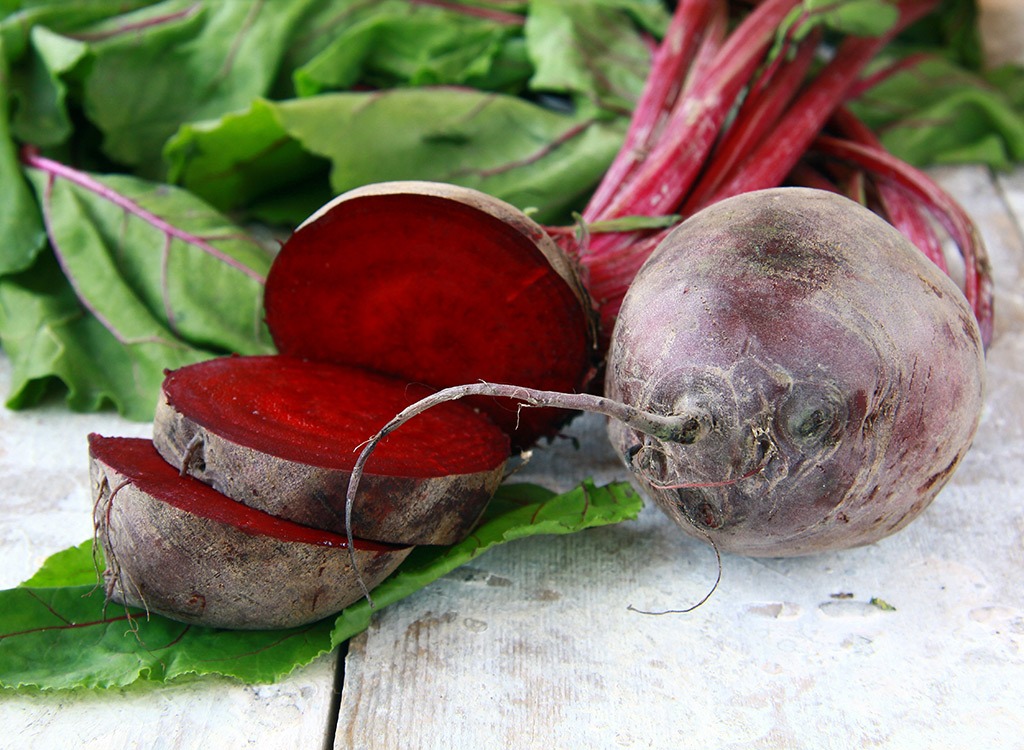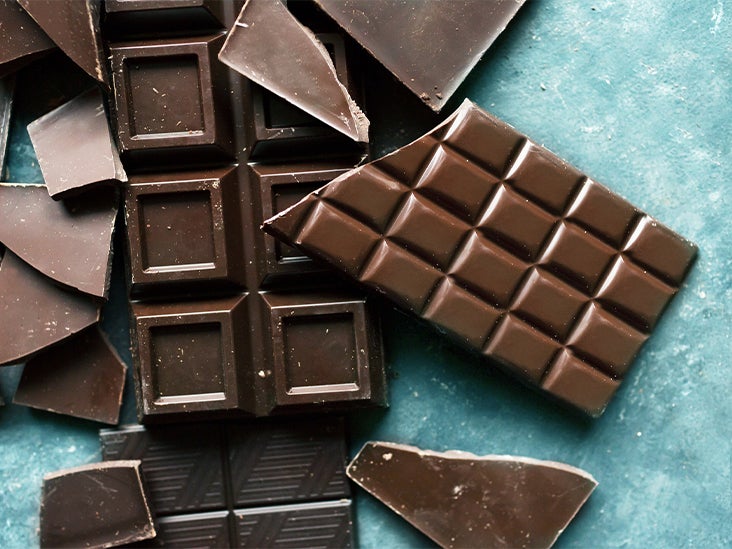You might be surprised what foods can be helpful.
If fatigue, acne, bloating, cravings, and mood swings are familiar to you around your menstrual cycle, premenstrual syndrome (PMS) is likely at play.
PMS is a combination of symptoms you may get about a week or two before your period. It can trigger several physical and emotional symptoms a week or two before your period starts. More than 90% of people who menstruate say they get some premenstrual symptoms.1
Although diet is not well-studied in PMS, there’s still the possibility that your diet could help ease discomfort from PMS symptoms you might have. Here’s more about diet and PMS, as well as some foods you may want to try.
Foods That Could Help With Period Symptoms
The way you experience PMS is connected to what and how you eat. Researchers have found that PMS was more likely to occur in individuals who had diets with high amounts of fast foods, soft drinks, and processed meats compared to healthier eating patterns.2
Additionally, you may already be cutting back on sodium, sugar, fat, and alcohol—all of which can worsen PMS—but eating certain foods may alleviate symptoms. For example, complex carbs (e.g., whole grains) and calcium-rich foods (e.g., yogurt) can potentially relieve PMS.3
Still, eating specific foods may not work for everyone or provide any relief from PMS at all, but the way to find out is with trial and error. So, here are five other foods you might want to consider eating around that time of the month.
Avocado

How This Food May Be Helpful
If cravings, muscle cramps, and bloating are among your usual PMS symptoms, load up on avocado. This good-fat food contains potassium, a mineral that helps protect against muscle cramps and boosts feelings of satiety, so you’ll be less inclined to over-nibble. It also acts as a natural diuretic by sweeping excess sodium and fluid out of your body.4
How To Prepare
Avocado is a food that can be used in a number of ways, such as:
- Whip avocado into a fruit smoothie
- Add it to an omelet or salad
- Snack on raw veggies dipped in guacamole
- Add diced avocado to pico de gallo and tossing it on veggies, fish, or beans
- Slice an avocado in half, sprinkling with a bit of lime juice and turmeric, and digging in with a spoon
Beets and Beet Greens

How These Foods May Be Helpful
A 2022 study noted that B vitamins (e.g., thiamine, or B1, and riboflavin, or B2) have been associated with decreased PMS.5
Beetroot and beet greens contain both B1 and B2. And just one cup of the root supplies about a third of your daily folate needs, which is 400 micrograms of dietary folate each day for adults.6
Not having enough folate in your body can cause issues. Specifically, too little folate has been known to trigger mental fatigue, problems with memory, and insomnia.7
How To Prepare
Fortunately, beets are in season year-round. If you want to eat beets and beet greens, you can use them in just about any meal.
They make a delicious side dish or bed for fish, chicken, or white beans. They’re also naturally sweet and will add a gorgeous hue to your food. Here are some ways to enjoy them:
- Boil the greens, cool, then sauté over low heat in olive oil, with garlic, sea salt, and black pepper.
- Eat the beet bulbs raw to optimize their nutrients.
- Peel, shred, and sprinkle them onto a salad
- Whip chopped raw beets into a smoothie.
Sardines

How This Food May Be Helpful
Low serum levels of calcium and vitamin D have been found to cause or exacerbate the symptoms of PMS.8 Sardines contain both of these nutrients, along with omega-3 fatty acids.
Omega-3 fatty acids may help reduce PMS-induced bloating, headaches, breast tenderness, depression, nervousness, anxiety, and lack of concentration.9
How To Prepare
Try incorporating sardines into a meal with these directions:
- Roast them on a baking sheet.
- Chop and toss with steamed veggies.
- Serve over a bed of roasted spaghetti squash and fresh chopped basil.
Legumes

How These Foods May Be Helpful
One study found that people with higher intakes of non-heme iron, the type found in plant-based foods, had a lower risk of PMS symptoms compared to those with the lowest intakes.10
A top source of non-heme iron is pulses, or legumes—the umbrella term for beans, lentils, and peas (like chickpeas and split peas). Legumes are also full of fiber, another key remedy for PMS, which helps regulate blood sugar and insulin levels. Just a half cup of cooked black beans packs over seven grams of fiber.11
If you’re concerned about extra gas and bloating, research has shown that soaking and cooking beans before eating them can significantly decrease their raffinose content (a type of non-digestible carbohydrate also found in foods like cabbage, broccoli, and Brussels sprouts). This process may help prevent gas production in the colon and subsequent flatulence.12
How To Prepare
You can up your intake of pulses by:
- Add chickpeas or black beans to an omelet or salad
- Reach for hummus with raw veggies as a snack
- Trade your usual grain for lentils at dinner
- Make a meatless meal with pulses as the star ingredient
Dark Chocolate

How This Food May Be Helpful
Dark chocolate alleviates PMS symptoms in several ways. Its antioxidants trigger the walls of your blood vessels to relax, lowering blood pressure and improving circulation. This treat also contains magnesium, a mineral found to help alleviate PMS symptoms.13
Finally, researchers have found that dark chocolate consumption positively influences the emotional status of healthy adults through the gut-brain relationship.14
How To Prepare
Enjoy a few squares without distractions (no phone, no TV) as part of daily “you time.” You can think of it as chocolate meditation. Other ways to enjoy dark chocolate include:
- Chop and sprinkle dark chocolate into oatmeal or Greek yogurt, along with fresh fruit
- Whip it into a smoothie (try dark chocolate, ripe pear, freshly grated ginger, and almond or coconut milk)
- Melt and drizzle over fresh berries
A Quick Review
Menstrual-related symptoms that occur before your period, known as PMS, can get worse or better based on the types of food you eat. Some foods that may be able to relieve PMS symptoms include avocado, pulses, sardines, beets or beet greens, and dark chocolate.
However, if you still have concerns about PMS symptoms and how to relieve them, consult a healthcare provider about other options that may be beneficial.







